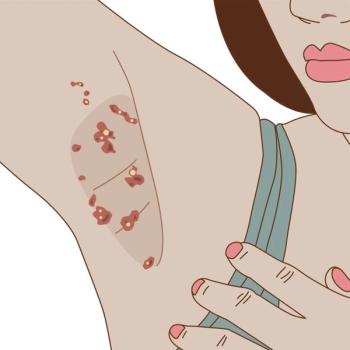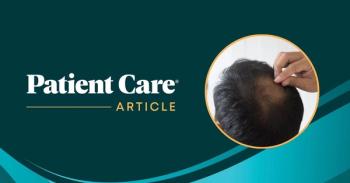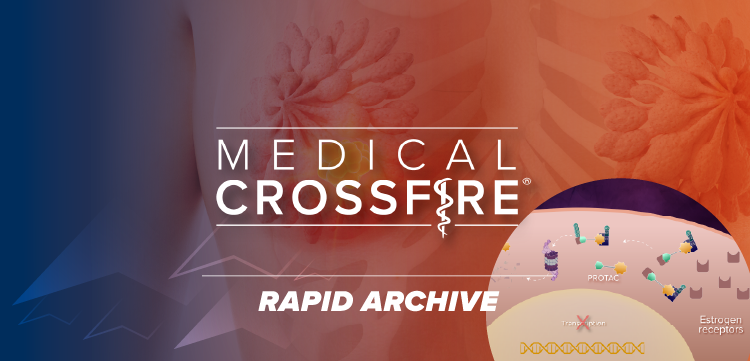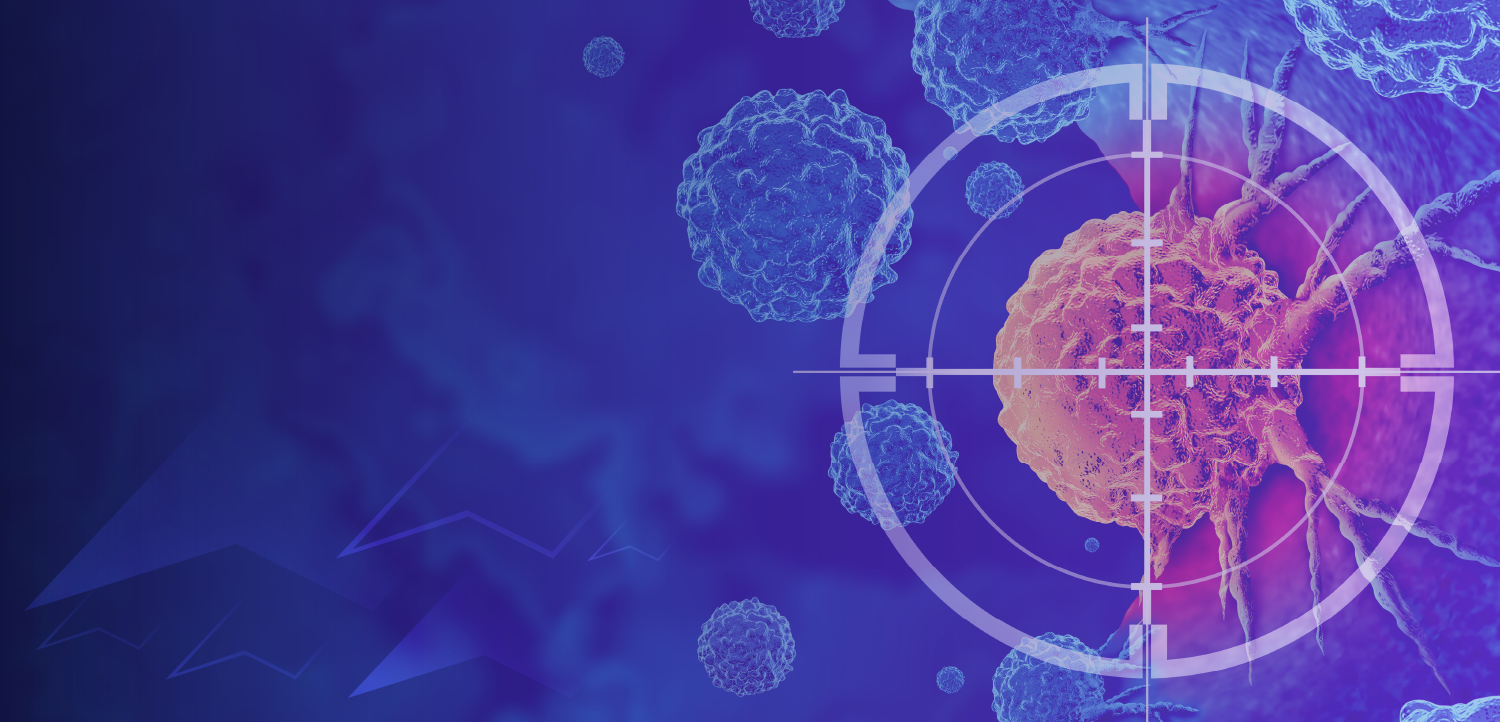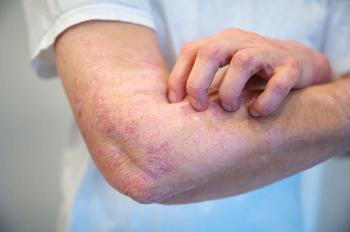
Androgenetic Alopecia in Women
The frontal and bitemporal hair recession generally seen in men with androgenetic alopecia is not typical in women, who instead tend to undergo a diffuse thinning of hair on the crown.
The frontal and bitemporal hair recession generally seen in men with androgenetic alopecia is not typical in women, who instead tend to undergo a diffuse thinning of hair on the crown.
Laboratory tests for assessing women with this condition include complete blood cell count, serum electrolyte levels, serum iron level, total iron-binding capacity, thyroid screening (serum thyroid-stimulating hormone and antimicrosomal antibody levels), and serum dehydroepiandrosterone sulfate and testosterone levels (in selected cases).
A variety of treatments are helpful for patients with androgenetic alopecia. A 2% minoxidil solution applied twice daily to the scalp can be beneficial.1 Although improvement is mild in many cases, patients are often pleased with the results.
Anti-androgen therapy with spironolactone or cimetidine may be useful in some cases, although this treatment is controversial.2 Some studies report that use of a potent anti-androgen (eg, flutamide) has been helpful.3 Recent studies show that finasteride is helpful in men but not in women.
Newsletter
Enhance your clinical practice with the Patient Care newsletter, offering the latest evidence-based guidelines, diagnostic insights, and treatment strategies for primary care physicians.

